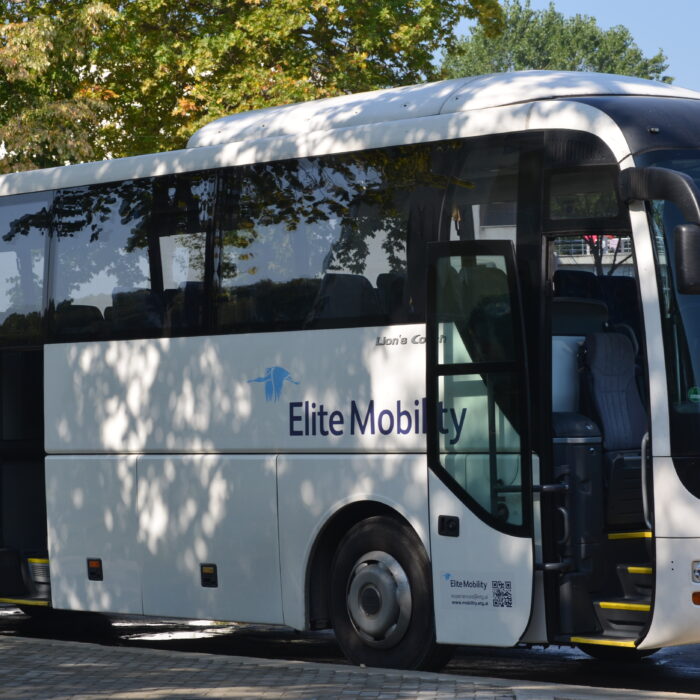Professional Drivers
- Kristian Zara
- July 5, 2022
Professional Drivers of buses and coaches are responsible for transporting passengers to their destinations in a safe and timely way. They have a lot to remember when it comes to safety. Drivers have responsibilities around staying safe on the road and looking after other road users and pedestrians. However, they also have a duty of care to those on board and they undergo periodic training.
What they learn from these trainings:
Professional drivers have a duty of care to their passengers. There are a lot of steps that a driver should take to help keep their passengers safe. These steps include being aware out on the road, at a station/stop, or carrying out vehicle checks before a journey has begun.
Responsibilities Understanding
In order to keep passengers safe, there are many different things that professional drivers should be made aware they are responsible.
They are trained and responsible for:
- Ensuring that the vehicle is in a roadworthy condition.
- Taking appropriate measures in the event of an incident.
- Taking preventative measures to lessen the chance of incidents occurring.
- Ensuring that the vehicle is not overloaded.
- Driving sensibly; not taking risks.
- Transporting passengers to their destination safely.
- Ensuring that passengers have a comfortable journey.
- Planning ahead: being prepared for and knowing how to handle emergency situations that may arise.
- Reporting vehicle defects to management (don’t drive defective vehicles)
Allowing enough time for bad weather and traffic congestion. - Staying calm when driving; avoiding situations that may lead to “road rage” or onboard arguments.
- Ensuring that the vehicle is equipped with all necessary first-aid and firefighting equipment.
Drivers are an essential part of a travel and in all ways of transportation. They do not only undergo through trainings (and periodically), but are required to constantly be aware of these 4 acquaintances.
1. Safe Driving Practices
– Know their vehicle
– Driving styles
– Know about their passengers’ needs (especially passengers with disability)
– Be aware of passengers entering and leaving the vehicle
2. Know Seatbelt Policies and Legislation
– The use of seatbelts
– Trained on the rules, and refreshed as they change vehicle
– Know the rules for children traveling
– Make sure passengers use seatbelts properly, and help how to
– Make sure all passengers are seated before pulling away
3. Communicate Safety Information
– Clear communication
– Make passengers aware of emergency exits and their locations
– Make sure that passengers follow bus regulations and safety policies
– Inform passengers about circumstances (if any) that may happen on the way
– Ask passengers if they have any questions before leaving
4. Health and Safety on-board
– Looking after themselves first
– Looking for their colleagues and passengers
– Be aware of how their driving style might affect the safety of their passengers
– Ensure walkways are clean
– Be informed about weather conditions
– Make sure that marks and signs are visible to all
– Check seatbelts if they work properly
– Check buttons, emergency exits, and window hammers working correctly before passengers enter.
As you understand from this short article, it takes time and a lot of effort to become a professional driver. It is important that a driver should be always aware of changes happening in the transport industry and reskilling in accordance with these changes is essential. Driving professionally is not only learning to lead the vehicle, but it requires a vast understanding of other aspects related to the road, passengers, weather, H&S regulations, vehicles to drive, destinations, traffic, and communication skills.
Reference: Online sources


